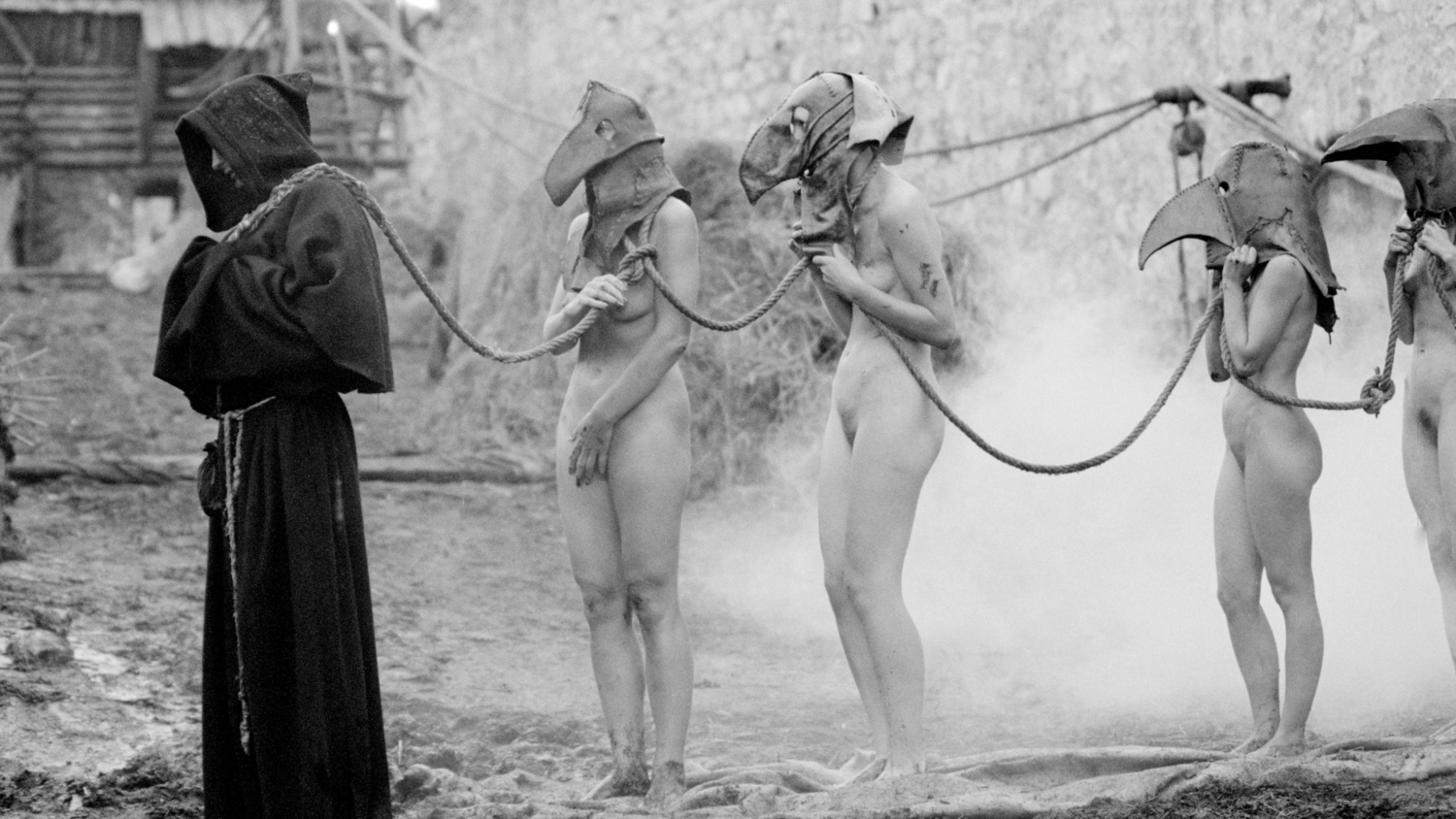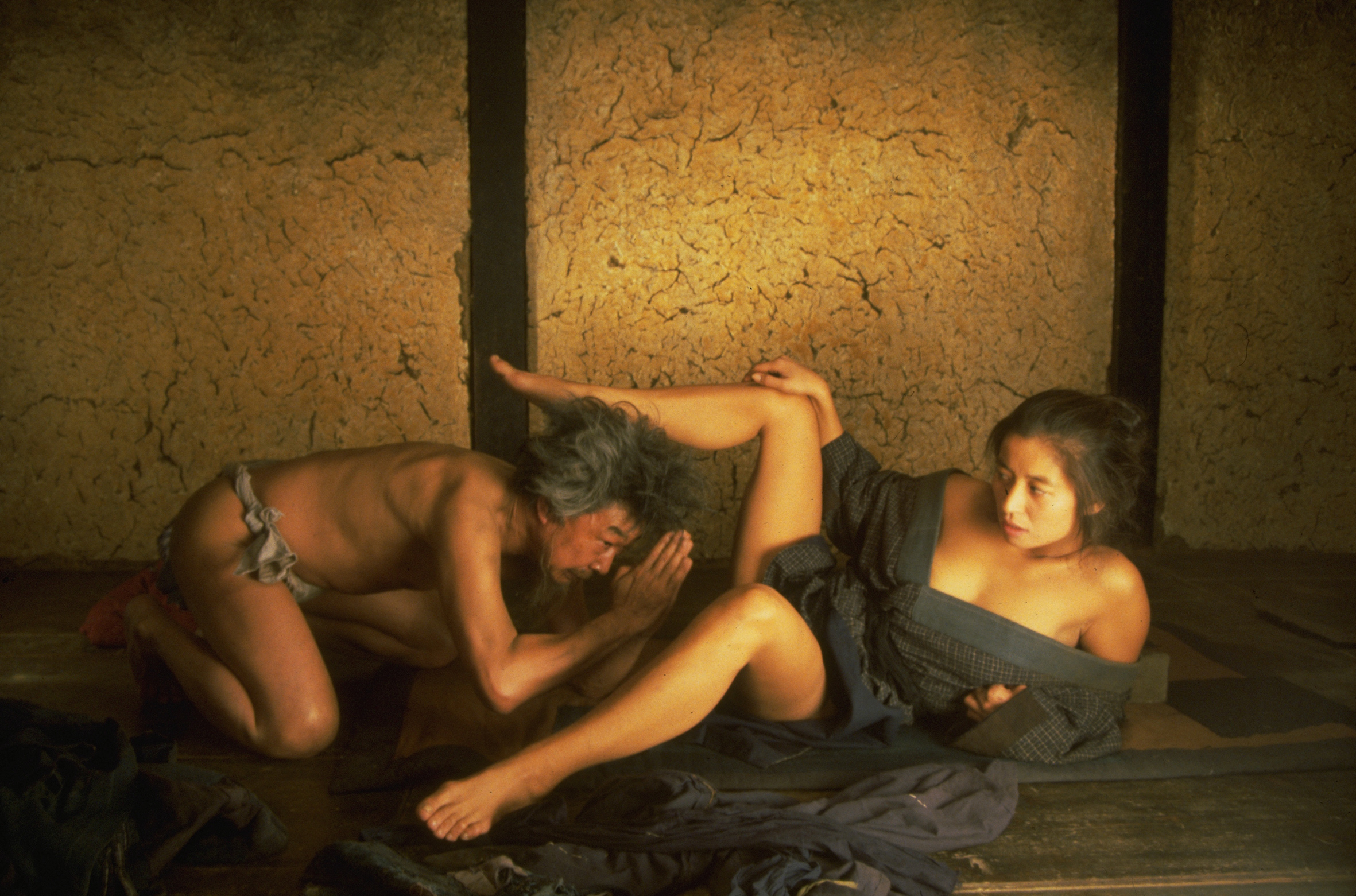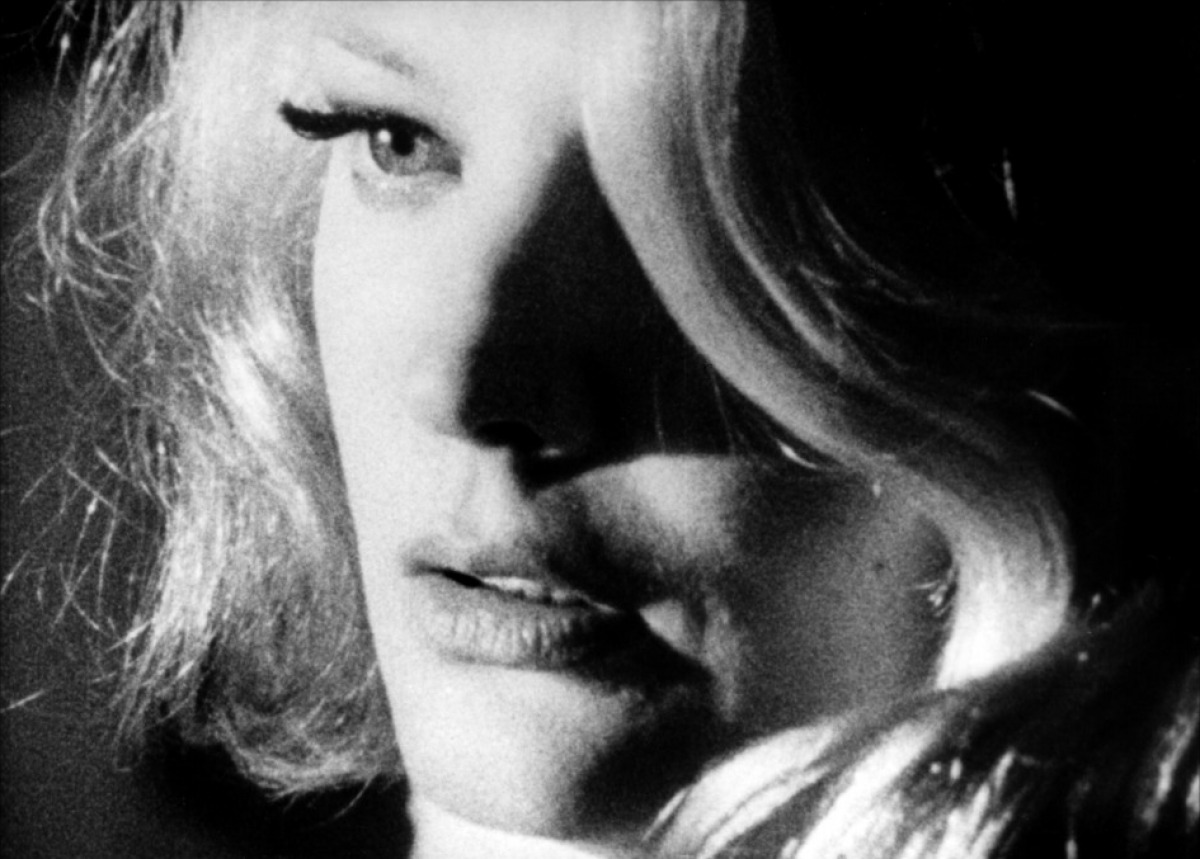Miss Bala Review
 Miss Bala opens on a static shot of a wall, a wall filled with cut out pictures of American female fashion icons – Madonna, Monroe, Audrey Hepburn – and a mirror. Reflected in the mirror we get a glimpse at our protagonist, Laura Guerrero (Stephanie Sigman), partially obscured as she busies herself around her room. The symbolic potency of this opening is effective and it aptly sets up the slow and considered approach of director Gerardo Naranjo.
Miss Bala opens on a static shot of a wall, a wall filled with cut out pictures of American female fashion icons – Madonna, Monroe, Audrey Hepburn – and a mirror. Reflected in the mirror we get a glimpse at our protagonist, Laura Guerrero (Stephanie Sigman), partially obscured as she busies herself around her room. The symbolic potency of this opening is effective and it aptly sets up the slow and considered approach of director Gerardo Naranjo.
This opening is also perhaps the furthest we ever get from the character of Laura for the entirety of Miss Bala, as newcomer Stephanie Sigman, who is startling good here, is in every scene, Naranjo putting us right alongside her at every moment.
Laura is a young woman living in Mexico and sees a way out of her and her family’s poverty through the Miss Baja California beauty pageant. Unfortunately though, the night before her and her friend are scheduled to go in for training for the competition she witnesses a gunfight in a club and the removal of three bodies in a truck.
Hiding in the toilets of the club she finds herself face to face with the leader of the group of gunmen who lay waste to the club. When she then reports what she saw to a (corrupt) local policeman she finds herself back face to face with him once more. The man is Lino (Noe Hernandez) and he is the leader of a violent group who have a lot of money and a lot of guns. Lino decides that Laura is of great use to him and his men and develops a complex plan that will see her travelling across the country and entering the Miss Baja California competition, the competition is as open to corruption as every institution presented here.
Laura is used in Miss Bala as Lino’s pawn and her exploited position is one that we are forced to both experience and feel complicit in as Naranjo presents the story subjectively from Laura’s point of view but also places us at times in the position of witness to her exploitation. He involves us in Laura’ subjective viewpoint through a number of sequences in which we experience only what Laura experiences, learning new facts about what is occurring only as she does. Coupled with this though Naranjo often places the camera behind her, we slowly follow, almost craning our necks to see what lies beyond.
This sense of craning forward or around corners is constant in Miss Bala and the slow camera movements Naranjo uses make the events all the more gripping, one almost wills the camera to pan more quickly so that we can actually see what’s going on or get an idea of what is about to happen next. This is particularly effective in a shoot out near the middle of the film, which is both exhilarating and scary despite most of the action happening outside of the frame.
The technical approach of Naranjo to Miss Bala throughout is not simply a solitary ‘trick’ though and a variety of techniques are employed to impressive effect. His use of depth of field in particular is varied and incredibly effective. In the early club scene for instance we see armed men silently dropping down into the bathroom, in the background of the frame and beyond the viewpoint of the hiding Laura, who is also visible to us in the foreground. This effective use of a wide depth of field is in direct contrast with later scenes which make great use of extremely shallow depth of field to obscure or to give a sense of the bewildering nature of what is occurring.
Miss Bala is an entirely gripping thriller and riveting from start to finish but it is not simply a thrill ride. Aside from the emotional investment that comes from the slowly developing and entirely compelling story, Naranjo clearly has an axe to grind regarding the drug trade and politics in Mexico and abroad. Miss Bala ends with a grim climax and a depressing series of statistics regarding the drug trade, the message is a bleak one but vital and all delivered within a film that ensures that you really sit up and pay attention.




